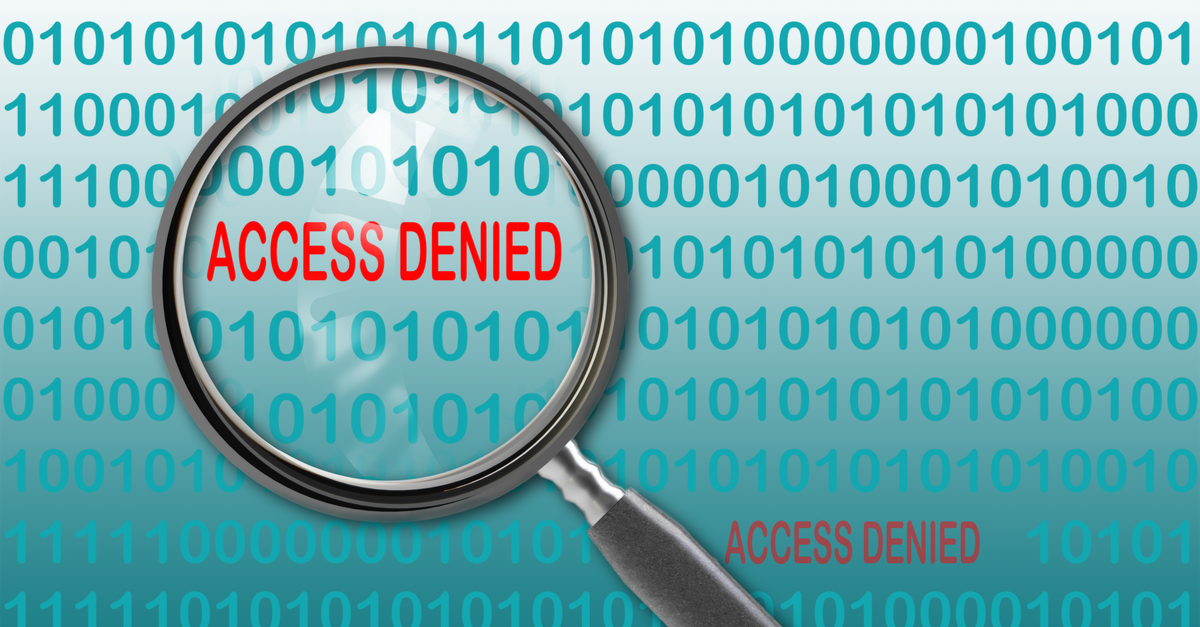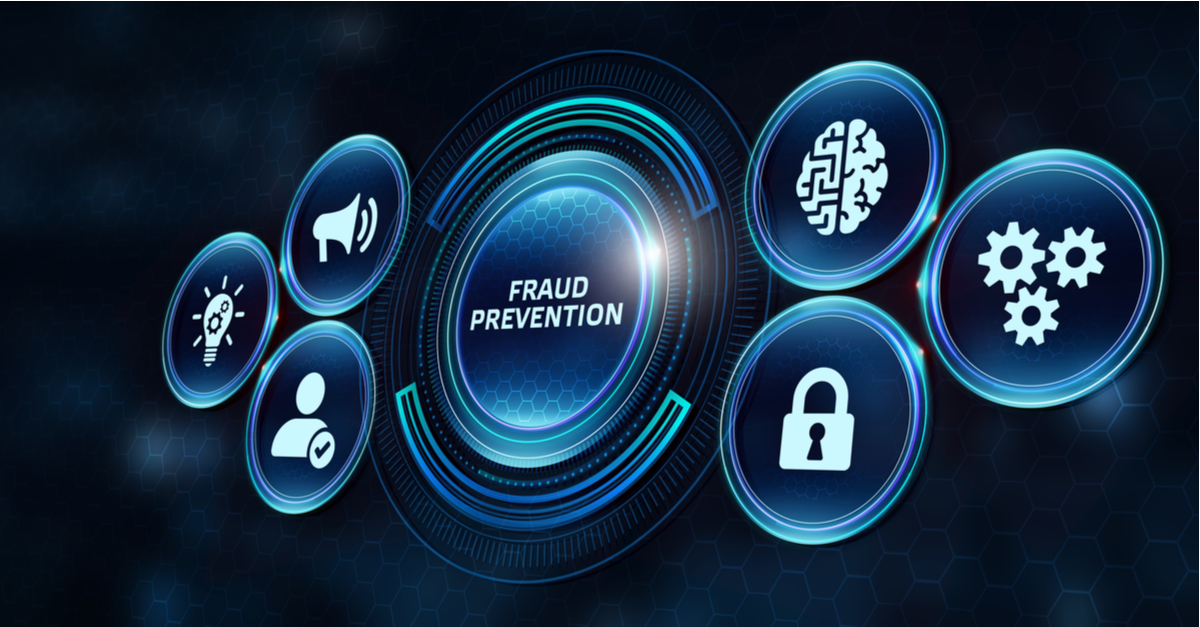Every day, countless people have access to your PeopleSoft application, where they perform a variety of transactions and access critical data. But do you know who is accessing what, from where, and for what purpose? Or do you view your PeopleSoft application as a mysterious black box that YOU HOPE is capturing the level of transaction details you need to understand user behavior around data access and usage?
Fortunately, adding transaction monitoring and real-time analytics to your PeopleSoft application can transform that mysterious black box into a white box that offers complete visibility into user activity.
Why PeopleSoft Application Logs Aren’t Enough For Actionable Insights
The reason why PeopleSoft applications are viewed as a black box is that organizations are likely to lose track of user activity once a user is authenticated into the system. This creates blind spots that allow bad actors to stay undetected for months or years. What’s more challenging is that native PeopleSoft app logs cannot even tell who accessed what, when, from what device, and why.
PeopleSoft applications logs were initially designed for debugging and troubleshooting, which provides insufficient data for breach investigation and remediation. As a result, security teams often end up manually analyzing network and database logs and making assumption-based decisions. This leads to more false positives than actual suspicious activities and potential threats.
How Transaction Logging & Real-Time Analytics Transform The Black Box Into A White Box
A white box, in this case, is your PeopleSoft application but with better clarity. The first big step is to have granular visibility into user activities. Here are three ways transaction logging and real-time analytics can help you achieve clarity and enable you to detect and prevent fraud arising from malicious activities within the system.
1. Keeps You Audit-Ready
If your recorded PeopleSoft app logs aren’t granular enough, your investigation teams will struggle to detect the threats in time. Transaction details like what data was accessed by whom, when, where, and why can determine the context of access and degree of risk. This information enables security teams to monitor user behavior around data access and usage. In addition, granular transaction logging and monitoring capabilities allow administrators to run reports and perform audits.
2. Improved Compliance, Breach Investigation, And Remediation
With mounting regulations, it is crucial to have visibility into how sensitive PeopleSoft data is accessed to protect your organization from legal and financial repercussions. Companies storing PII must leverage contextual application logging data to ensure that sensitive information is accessed only by authorized users. To investigate and respond to breaches efficiently, organizations need to expand logging capabilities to capture additional information such as IP address or location, the webserver being accessed, user ID, pages accessed, actions performed, and more.
3. Transaction Logs & Data Analytics For Real-Time Threat Detection
PeopleSoft breaches have become more user-centric in nature. Companies, therefore, need better visibility into real-time data access and usage trends. Taking all business transactions and aggregating them into visually compelling dashboards that highlight patterns, trends, and anomalies can help security personnel quickly detect and respond to threats.
Appsian Takes the Mystery Out of Your PeopleSoft Application
When it comes to detecting and preventing data security breaches and privacy violations, hope is not a strategy. Unfortunately, native PeopleSoft logging provides limited data, leaving an incomplete audit trail of transaction-level user activity. This is what makes it a black box.
Appsian helps you enhance your logging capabilities by capturing granular transaction details in real-time. The real-time analytics provided by Appsian360 helps convert your PeopleSoft application from a black box of mystery into a white box full of actionable insights. With Appsian360, you can –
- Detect Data Security Threats In Real-Time: Enrich data access information with attributes like IP address, user role, geographic location, device, etc., and capture authentication trends like failed login attempts and be alerted to potential attacks.
- Uncover Hidden Business Risks: Maintain a complete view of sensitive business transactions, and what (specific) users are doing to effectively detect and respond to fraud, theft, and errors by employees and third parties.
- Monitor Employee Productivity: Get detailed information on transaction volume, type of data accessed, contextual details on privileged sessions, and receive alerts on suspicious activities (e.g., unauthorized access).
Schedule a demo with our PeopleSoft experts to learn how our transaction logging and real-time analytics can help you combat security threats, uncover hidden business risks, effectively respond to audit findings and ensure compliance. Without customizations or additional hardware.














